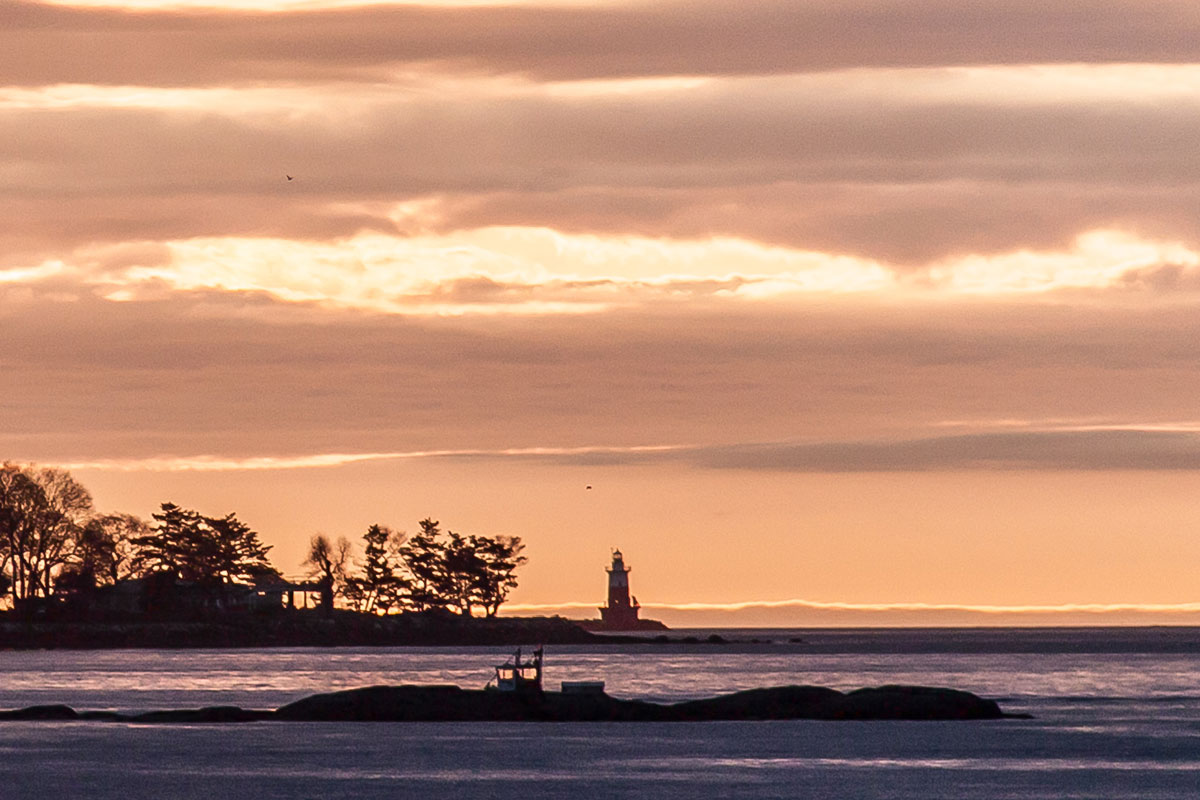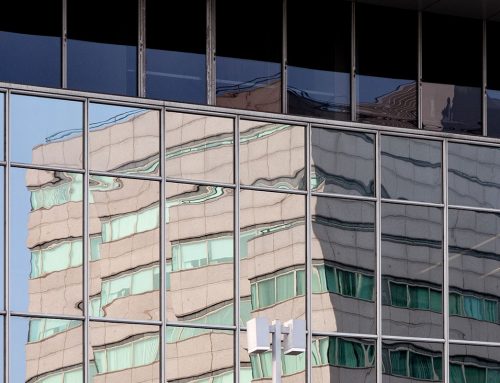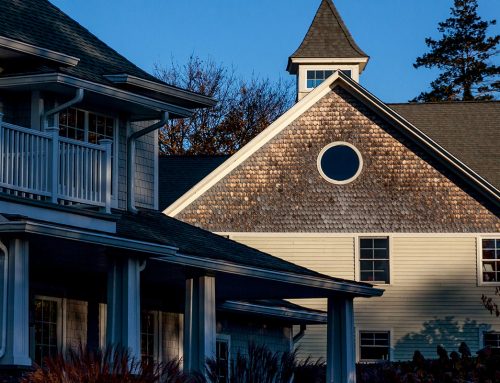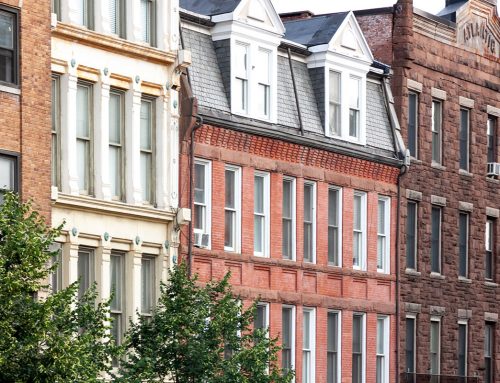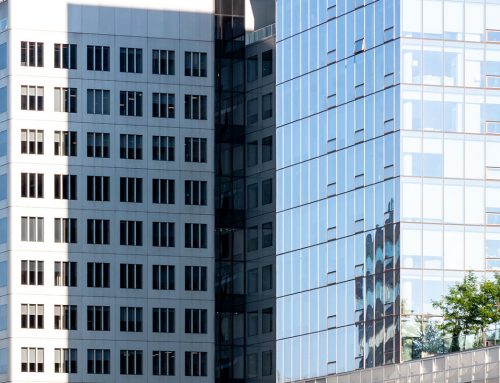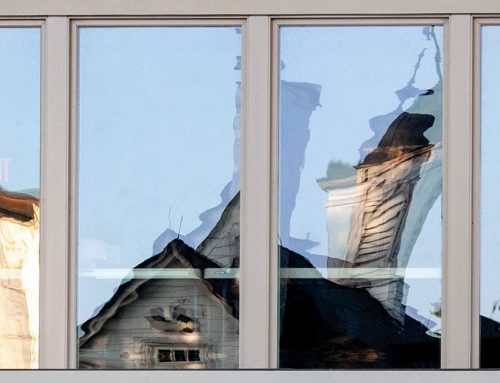You may not be able to protect your view. These frequently asked questions explain the law.
What’s Below:
If a neighbor’s addition or growing tree blocks my view, what rights do I have?
How can a view ordinance help?
I live in a subdivision with a homeowners’ association. Will that help me in a view dispute?
I want to buy a house with a great view. Is there anything I can do to make sure I won’t ever lose the view — and much of my investment?
If a neighbor’s addition or growing tree blocks my view, what rights do I have?
Unfortunately, you have no right to light, air or view, unless it has been granted in writing by a law or subdivision rule. The exception to this general rule is that someone may not deliberately and maliciously block another’s view with a structure that has no reasonable use to the owner.
This rule encourages building and expansion, but the consequences can be harsh. If a view becomes blocked, the law will help only if:
- a local law protects views
- the obstruction violates private subdivision rules, or
- the obstruction violates some other specific law.
How can a view ordinance help?
A few cities that overlook the ocean or other desirable vistas have adopted view ordinances. These laws protect a property owner from having his view (usually, the view that he had when he bought the property) obstructed by growing trees. They don’t cover buildings or other structures that block views.
The ordinances allow someone who has lost a view to sue the tree owner for a court order requiring him to restore the view. A neighbor who wants to sue must first approach the tree owner and request that the tree be cut back. The complaining person usually bears the cost of trimming or topping, unless the tree was planted after the law became effective, or the owner refuses to cooperate.
Some view ordinances contain extensive limitations that take most of the teeth out of them. Some examples:
- Certain species of trees may be exempt, especially if they grew naturally.
- A neighbor may be allowed to complain only if the tree is within a certain distance from his or her property.
- Trees on city property may be exempt.
|
I live in a subdivision with a homeowners’ association. Will that help me in a view dispute?
Often, residents of subdivisions and planned unit developments are subject to a detailed set of rules called Covenants, Conditions, and Restrictions (CC&Rs). They regulate most matters that could concern a neighbor, including views. For example, a rule may state that trees can’t obstruct the view from another lot, or simply limit tree height to 15 feet. If someone violates the restrictions, the homeowners’ association may apply pressure (for example, removing the privilege of using a swimming pool) or even sue. A lawsuit is costly and time-consuming, however, and the association may not want to sue except for serious violations of the rules.
I want to buy a house with a great view. Is there anything I can do to make sure I won’t ever lose the view — and much of my investment?
First, ask the property owner or the city planning and zoning office if the property is protected by a view ordinance. Then check with the real estate agent to see if neighbors are subject to restrictions that would protect your view. Also, if the property is in a planned unit development, find out whether a homeowners’ association actively enforces the restrictions.
Check local zoning laws for any property that might affect you. Could the neighbor down the hill add a second-story addition?
Finally, look very closely from the property to see which trees might later obstruct your view. Then go introduce yourself to their owners and explain your concerns. A neighbor who also has a view will probably understand your concern. If someone is unfriendly and uncooperative, you stand warned.
|





